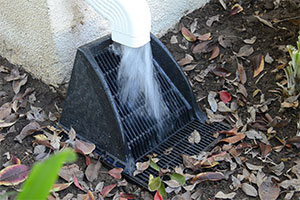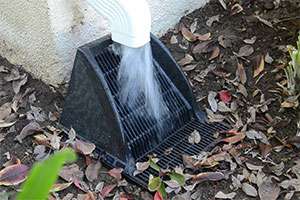
Whether you have landscaping in a small backyard or you take care of the grass in a giant sports facility, detecting a drainage problem can save you a lot of headaches. Here are three ways to identify a problem with your drainage.
#1: Pooling Water
If you have pools of water after it rains or after your sprinkler system runs, it could indicate improper drainage.
#2: Soggy, Squishy Areas
If your yard or field is soggy or squishy after irrigating, you might have a drainage problem.
#3: Soil Erosion
When water doesn’t drain properly, it can result in soil erosion. If you find fissures or depressions in the ground under your grass, the water probably isn’t draining well.
What Causes Drainage Issues?
There are many potential causes of improper drainage in a yard or a field. It can be anything from a high water table to a poorly graded surface. Other issues include bad soil, blocked runoff drains, and poorly designed landscaping and plant beds.
What Can You Do About It?
Drainage issues are often complicated to identify and rectify. Understanding soil, grading, the way different types of plants and grasses absorb water, how root systems can affect absorption, and how water moves underneath landscaping are all critical to correcting bad drainage. Your best bet is to work with a professional landscaper who understands water drainage and can help you get your field or your backyard back in shape.
If you notice any of the common signs of a drainage problem, don’t wait until it gets worse. Contact the landscape and irrigation specialists at WP Law today for the drainage solutions you need.









